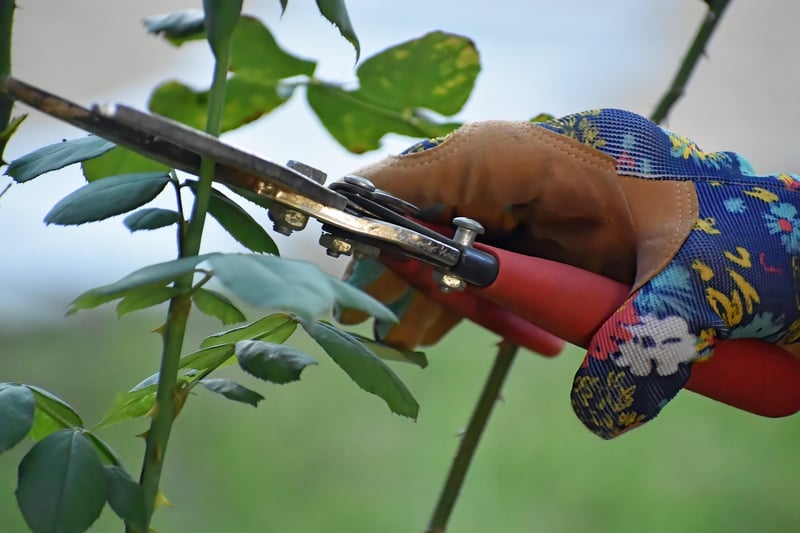Pruning Techniques
Essential Plant Maintenance and Pruning Techniques
Proper plant maintenance and pruning are crucial for keeping your garden healthy and thriving. Whether you are a seasoned gardener or just starting out, understanding the best practices for maintaining and pruning plants can make a significant difference in the appearance and productivity of your garden. Here is a comprehensive guide to help you master the art of plant care and pruning.
Plant Maintenance Tips
1. Watering: Ensure your plants receive adequate water based on their specific needs. Overwatering or underwatering can both be harmful to plants.
2. Fertilizing: Use appropriate fertilizers to provide essential nutrients to your plants. Follow instructions carefully to avoid over-fertilization.
3. Weeding: Regularly remove weeds from your garden to prevent them from competing with your plants for nutrients.
4. Pest Control: Keep an eye out for pests and diseases. Treat any infestations promptly to protect your plants.
Pruning Techniques
1. Deadheading: Remove dead or faded flowers to encourage new growth and prolong blooming.
2. Thinning: Remove excess branches to improve airflow and sunlight penetration, promoting overall plant health.
3. Heading Back: Cut back the tips of branches to encourage bushier growth and maintain the plant's shape.
4. Rejuvenation Pruning: Cut back overgrown shrubs to stimulate new growth and rejuvenate the plant.
Benefits of Plant Maintenance and Pruning
Regular maintenance and pruning offer several benefits, including:
- Promoting plant growth and vitality
- Enhancing flower and fruit production
- Improving overall plant aesthetics
- Preventing disease spread
- Extending plant lifespan
By following these plant maintenance and pruning techniques, you can create a beautiful and healthy garden that will be the envy of all your neighbors. Remember, a little care and attention go a long way in nurturing your plants to their full potential.

Image Source: Pixabay
